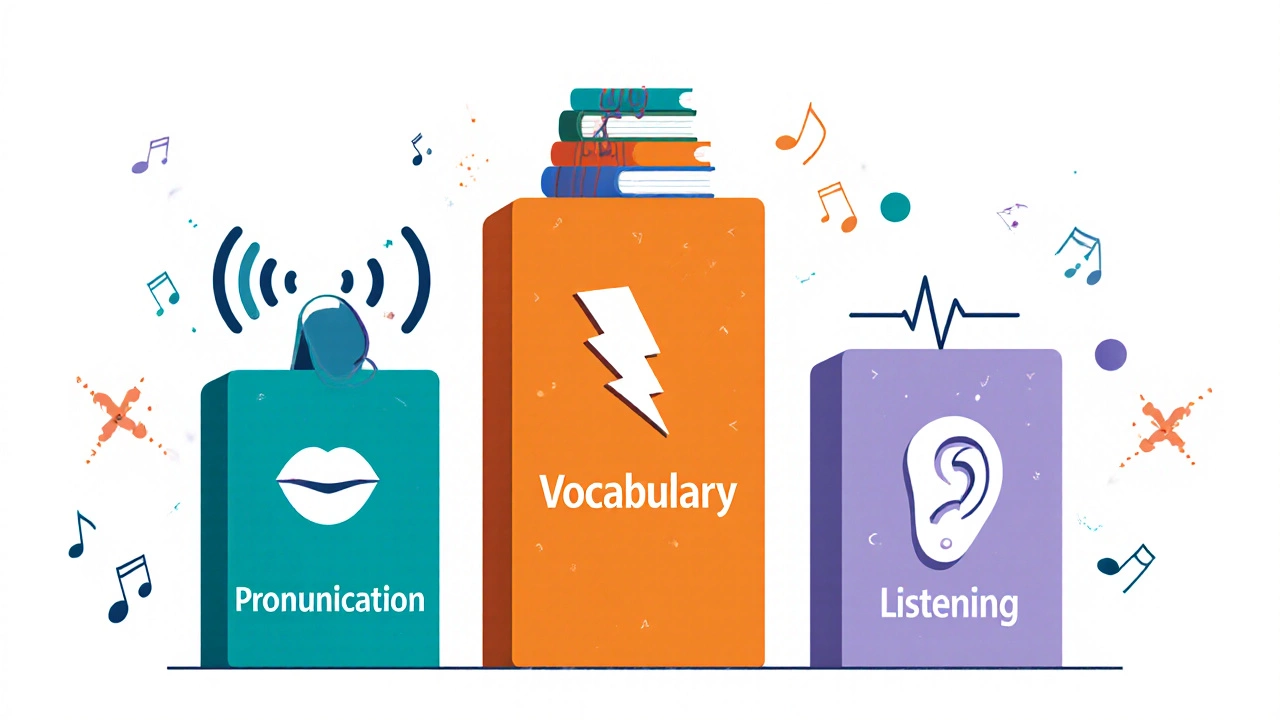Fluent English Speaking
When talking about Fluent English Speaking, the ability to express thoughts smoothly and naturally in English without hesitation. Also known as English fluency, it brings together several moving parts. One of those parts is English speaking skills, abilities such as clear pronunciation, appropriate vocabulary, and coherent sentence flow. Another critical piece is the set of language learning methods, structured approaches like immersion, spaced repetition, and interactive practice that guide how you build those skills. In short, fluent English speaking encompasses consistent practice, active listening, and real‑time feedback; it requires focused effort, the right tools, and a supportive environment.
Key Components of Fluent English Speaking
Pronunciation is the first hurdle most learners face. You don’t need a perfect accent, but clear articulation prevents misunderstandings. Pair that with a solid vocabulary base—knowing the right word at the right moment keeps conversations flowing. Listening plays a silent role; the more you absorb native speech patterns, the easier it becomes to mimic rhythm and intonation. Grammar acts like the scaffolding that holds ideas together; even simple mistakes can break the listener’s focus. Together these elements form a feedback loop: you speak, you hear, you adjust, and you improve.
Technology has turned the learning curve upside down. online speaking platforms, digital services that connect learners with native speakers for real‑time conversation let you practice anytime, anywhere. Apps that give instant pronunciation scores, podcasts that break down idioms, and YouTube channels that model everyday dialogues are now part of a typical study routine. The key is to pick tools that force you to produce speech, not just consume it.
Creating a daily routine is the secret sauce. Set aside at least 15 minutes for focused speaking: read a short article aloud, record yourself, then compare with a native version. Follow up with a 10‑minute listening session, noting new phrases or pronunciation quirks. End the block by using a language‑exchange partner or an AI chatbot to apply what you’ve learned. Tracking progress—whether through a checklist, a journal, or a language‑learning app—keeps motivation high and shows you where the next improvement lies.
Many learners stumble over fear of making mistakes. The truth is errors are the fastest teachers; each slip reveals a gap you can close. Instead of avoiding conversation, seek low‑stakes environments: community meet‑ups, online discussion rooms, or even speaking to yourself in the mirror. Over time, confidence builds, and the hesitation that once held you back fades away.
Below you’ll find a curated set of articles that dive deeper into each of these aspects. From step‑by‑step pronunciation drills to the best free websites for speaking practice, the collection covers tools, techniques, and real‑world examples to help you move from hesitant chatter to confident, fluent English conversation.
Oct
10

- by Dhruv Ainsley
- 0 Comments
How to Train to Speak Fluent English - Proven Steps for Real Fluency
A step‑by‑step guide that shows how to train speaking fluent English, covering pronunciation, listening, practice methods, immersion tricks, and a 30‑day action plan.